Have you ever observed your dog panting heavily, even while just relaxing? While panting is a natural mechanism for dogs to regulate their body temperature, excessive panting during rest can indicate potential health concerns.
We’ll delve into the various reasons why your dog may be panting while at rest, empowering you to discern between normal behavior and situations that require a visit to the veterinarian.
Understanding Panting in Dogs
What is Panting?
Panting is such an essential way for our furry friends to cool down! When dogs breathe rapidly, that airflow helps them release heat and evaporate moisture from their mouths and airways, which lowers their temperature.
It’s a natural process, but it’s good to know that it’s not always super efficient, especially in warm weather, since dogs tend to retain heat and can only sweat a little through their paw pads and noses.
Plus, it’s nice to remember that panting can sometimes indicate other things, too! If your pup is experiencing pain, anxiety, or illness, you might notice some extra panting.
That’s because their cortisol levels can rise in those situations. Knowing why your dog is panting can help keep them comfortable, healthy, and happy overall!
Normal vs. Excessive Panting
Normal panting is such a helpful way for our furry friends to cool down, especially after a fun play session or on a warm day! But paying attention might be a good idea if you notice your pup panting a bit too much, incredibly, when they’re just relaxing.
It could be a sign that they’re feeling stressed, in pain, or that something needs a little check-up with the vet. Keeping an eye on their panting patterns can help catch any issues early on and keep them happy and healthy!
The Physiology of Panting
Did you know that panting is a dog’s natural way of staying cool? It’s pretty fascinating! When they breathe rapidly, they help evaporate moisture from their tongue, mouth, and upper respiratory tract, releasing extra heat.
Since dogs can’t sweat like we do, panting is essential for keeping them comfortable and preventing overheating. Isn’t our furry friends’ biology excellent?
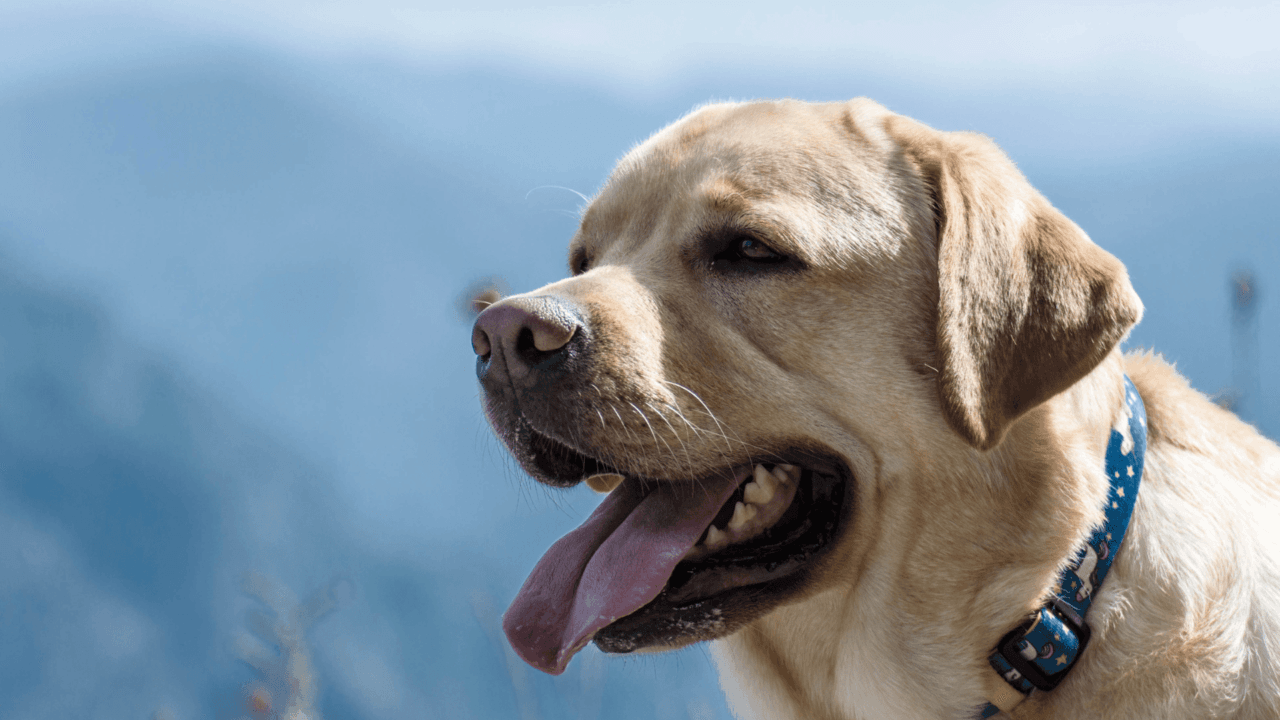
Normal Panting
Cooling Mechanism
Did you know that dogs have a unique way of keeping cool? They mainly regulate their body temperature by panting, which helps to evaporate moisture from their tongue and respiratory tract.
Unlike us, our furry friends don’t sweat much through their skin—just a bit through their paw pads. So, next time you see your dog panting, remember that it’s their unique way of cooling down! Isn’t that fascinating?
Panting Due to Exercise
After exercising, your furry friend will often pant to cool off, using moisture from their tongue and respiratory tract. Typically, this panting lasts just a few minutes, but it can go on for about 10–15 minutes, depending on how fit they are and how intense the fun was!
If you notice them panting for longer, it’s a good idea to keep an eye on them, as it might mean they’re too hot or could need a check-up. Just a little reminder to keep our pups safe and comfortable!

Identifying Abnormal Panting
Recognizing Excessive Panting
To see if your furry friend is panting too much, try counting their breaths per minute when they’re friendly and relaxed. A standard rate is 15–35 breaths per minute, but if it goes above 40, it might be worth a second look!
Watch for signs like heavy breathing, open-mouthed panting while resting, not wanting to move, or if their gums look pale or blue-tinged. If their breathing seems labored, using belly muscles, it’s a good idea to check in with your vet. Better safe than sorry when it comes to our beloved pets!
When to Worry
It’s essential to keep an eye on your furry friend! Those can be concerning if you notice your dog panting with signs like not wanting to eat, drink, or move, if their gums look pale or blue, excessively drooling, or if they seem to struggle to breathe.
Also, if you see sudden heavy panting, open-mouth breathing while resting, or strange breathing sounds, you should reach out to your vet immediately. Your pup’s health is worth it!
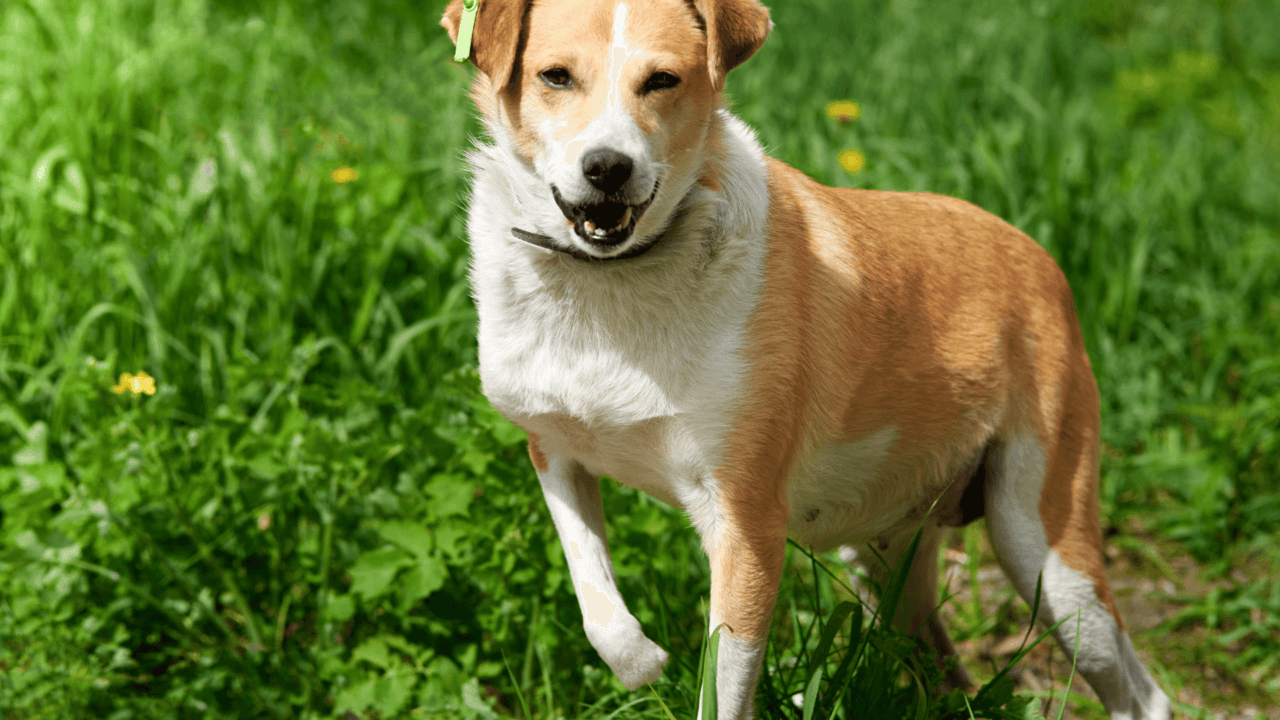
Common Causes of Panting While Resting
Heatstroke
It’s super important to watch for signs of heatstroke in your furry friend! Look for heavy panting, excessive drooling, glassy eyes, or if they seem to collapse.
If you think they might be overheating, gently move them to a cool spot, and you can even apply cool (but not ice-cold!) water to their body.
Let’s ensure our pups stay safe by keeping them out of hot places and always having fresh water available. Your pup will thank you for it!
Anxiety and Stress
Knowing what might trigger anxiety and stress in our furry friends is excellent! Loud noises, being away from us, or changes around them can impact their comfort.
You might see signs like panting, pacing, or trembling if you feel anxious. Creating a calm space for them, using soothing aids like pheromone diffusers, and chatting with a vet about possible training or medication can make a difference.
Plus, regular exercise and routine can help keep them happy and relaxed!
Pain and Discomfort
You can often tell if a dog is in pain by watching for signs like limping, whining, reduced activity, or excessive panting. Common causes of pain include injuries, arthritis, dental problems, or internal conditions such as pancreatitis.
If you notice these signs, checking in with a vet for a thorough diagnosis is always a good idea. They’re there to help!
Respiratory Issues
Respiratory issues in our furry friends can be concerning, and knowing what to look for is good!
Some common conditions include asthma, which might appear as wheezing or difficulty breathing; kennel cough, a contagious minor annoyance that causes a persistent cough; and pneumonia, which often comes with heavy breathing, coughing, and lethargy.
If you spot any of these signs in your dog, don’t hesitate to contact your vet. They’ll help ensure your pup stays happy and healthy!
Heart Conditions
Hey there! Here is some helpful info about heart conditions in dogs. If you spot any signs like excessive panting, coughing, or fatigue, it’s a good idea to take them to the vet for a check-up, including X-rays and echocardiograms. Catching things early can make a difference in managing their health. Take care of your furry friend!
Metabolic Disorders
Here is some friendly info about metabolic disorders in our furry friends. Conditions like Cushing’s Disease can lead to excess cortisol, causing symptoms like panting, increased thirst, and a pot-bellied appearance.
Diabetes is another concern that can show signs like high blood sugar, frequent urination, and weight loss. Chatting with your vet for a proper diagnosis and support is always a good idea if you notice these signs. Wishing you and your pup lots of happiness and good health!
Genetic Predispositions
Did you know that brachycephalic breeds like pugs, bulldogs, and Boston terriers sometimes have trouble breathing? Their adorable short noses and flattened faces can lead to some obstructive breathing challenges, which might cause them to pant more than usual or experience a bit of respiratory distress.
If you’re a proud owner of one of these sweet pups, keeping an eye on their breathing and scheduling regular vet check-ups can help them stay happy and comfortable!
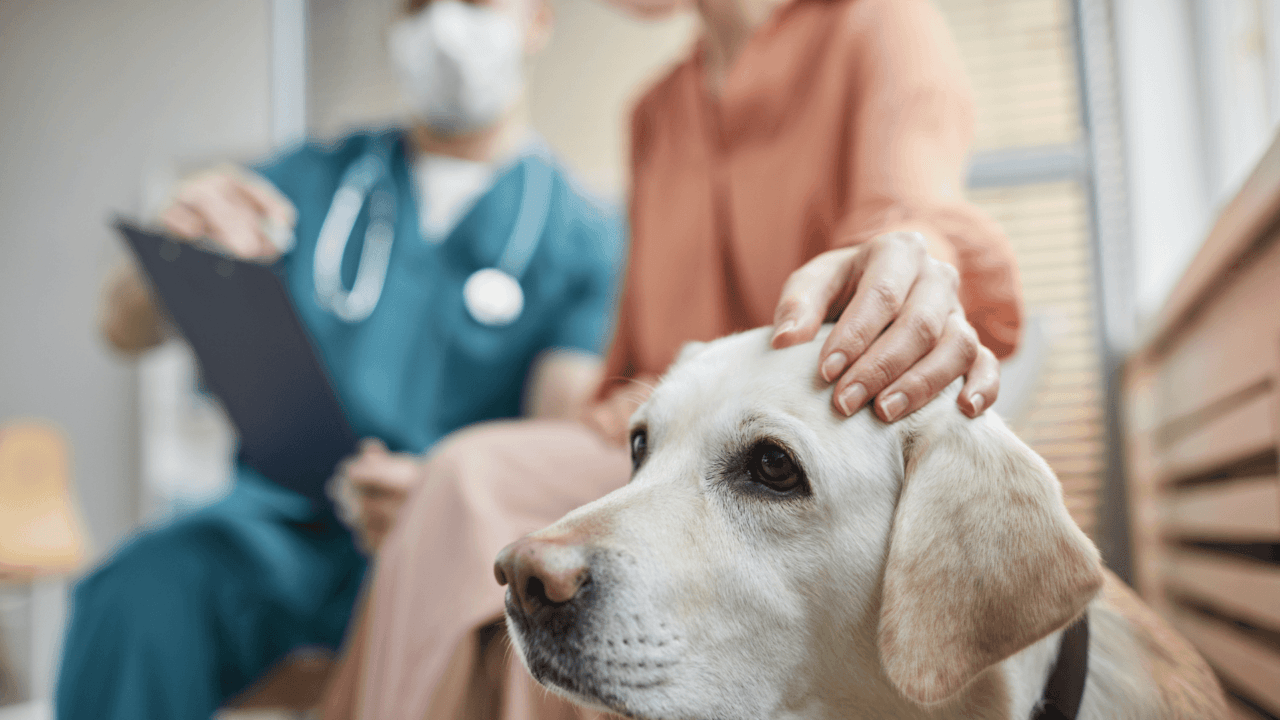
Diagnosing the Cause
Veterinary Examination
When you take your furry friend to the vet, you can look forward to a comprehensive physical check-up! The veterinarian might suggest diagnostic tests, like X-rays, to closely examine your dog’s heart, lungs, and abdomen.
They may also recommend blood tests to catch any underlying health issues. These tests help determine what’s causing excessive panting so you can ensure your pup stays happy and healthy!
Monitoring at Home
Monitoring your dog at home can be a great way to monitor their health! Consider keeping a friendly panting diary to track how often and long your furry friend pants and the intensity of those episodes.
It’s also helpful to jot down any other symptoms you notice, like changes in gum color, drooling, reluctance to move, or shifts in appetite and behavior. This information will be super helpful for your vet when diagnosing and helping your pup feel better!
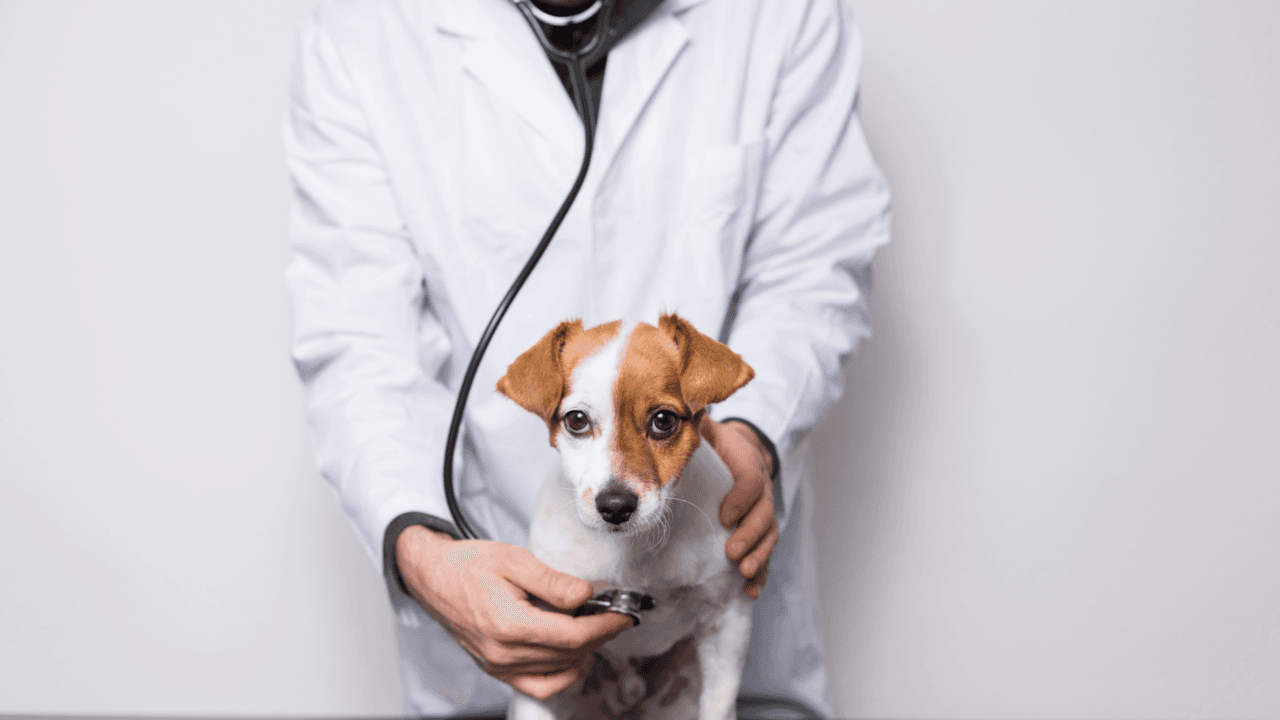
Treatment and Management
Immediate Actions
If your dog is panting too much, try using some cooling techniques to help them! You can gently apply cool, wet towels to their body or let them relax in a shady spot.
Don’t forget to ensure they have fresh water to keep them hydrated. These simple steps can make a big difference in helping them feel better!
Long-Term Management
Managing excessive panting in our furry friends can be a journey, but there are some great ways to help! Working with your vet is a good start; they can prescribe medications for any underlying health issues.
Behavioral training can also be super beneficial, especially with the guidance of a certified dog behaviorist to tackle any anxiety-related concerns. Plus, making some dietary adjustments can support your dog’s health and help with weight management, which eases that panting, too!
Don’t forget to schedule regular check-ups with the vet to monitor their progress and make any needed changes. Together, we can help our pups feel their best!
Special Considerations for Senior Dogs
For our beloved senior dogs, it’s essential to keep an eye on age-related issues like arthritis and heart disease, which can lead to panting. Establishing a consistent routine helps with cognitive dysfunction, along with some fun mental activities to keep their minds sharp!
Remember to consult your vet about possible medications or supplements to improve their well-being and help with any nighttime panting. They truly deserve the best care in their golden years!
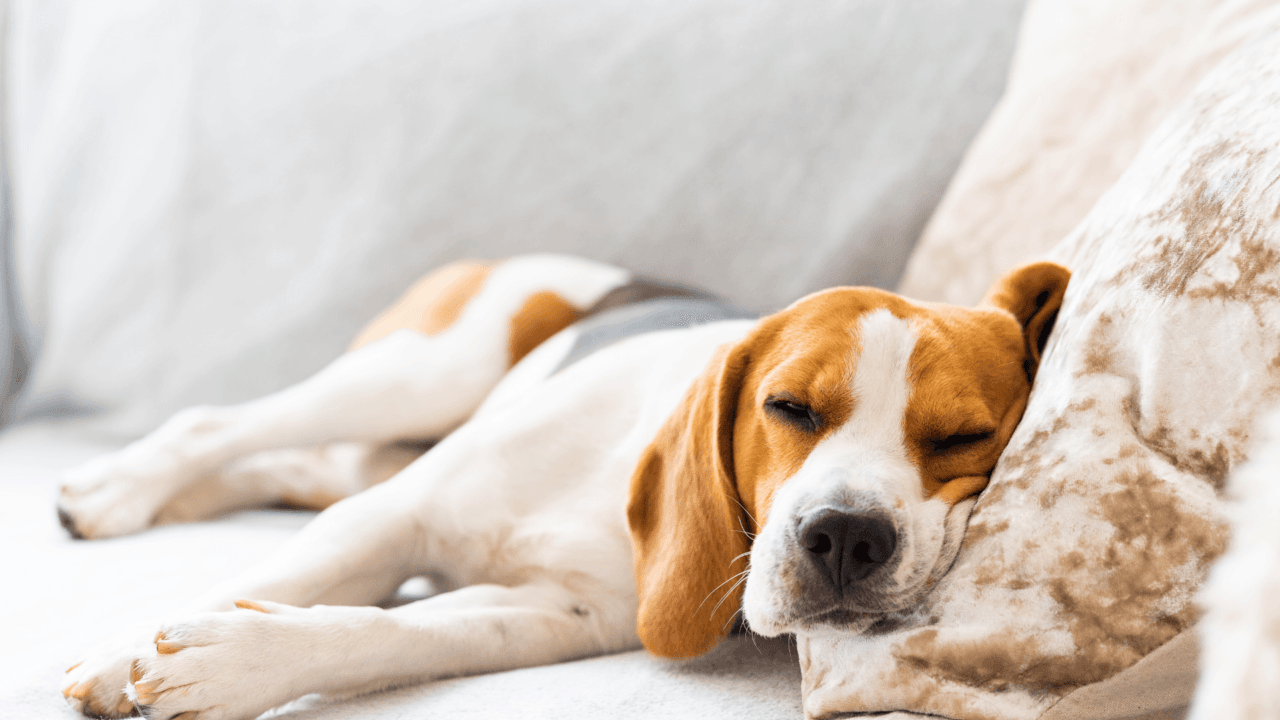
Preventive Measures
Regular Health Check-Ups
Regular health check-ups are essential for catching potential health issues in our furry friends! By bringing your dog in for routine vet visits, you can keep them up-to-date on vaccinations and get essential preventive care like parasite control and dental cleanings.
These visits help maintain their overall health and allow us to catch any problems early on. Plus, you’ll receive personalized advice tailored to your dog’s needs, helping them live a longer, happier life!
Environmental Adjustments
Making a cozy and happy home for your furry friend is so important! Start by giving them a comfy bed and some quiet, relaxing spots. Don’t forget their water bowl, too, so they can stay hydrated.
Keeping an eye on the temperature and humidity is key—keep things cool and well-ventilated, especially when it’s hot outside. This way, your pup can feel comfy and healthy all day long!
Exercise and Diet
Keeping your dog at a healthy weight is so important, and it starts with a balanced diet that includes the correct portion sizes and nutritious food! Regular exercise is also key, so try to customize activities to suit your dog’s breed, age, and health.
Daily walks, playtime, and fun interactive toys make a difference in keeping your pup both physically and mentally stimulated. Sticking to a consistent exercise routine and a wholesome diet, you’re helping prevent obesity and supporting your furry friend’s overall well-being for a longer, happier life!
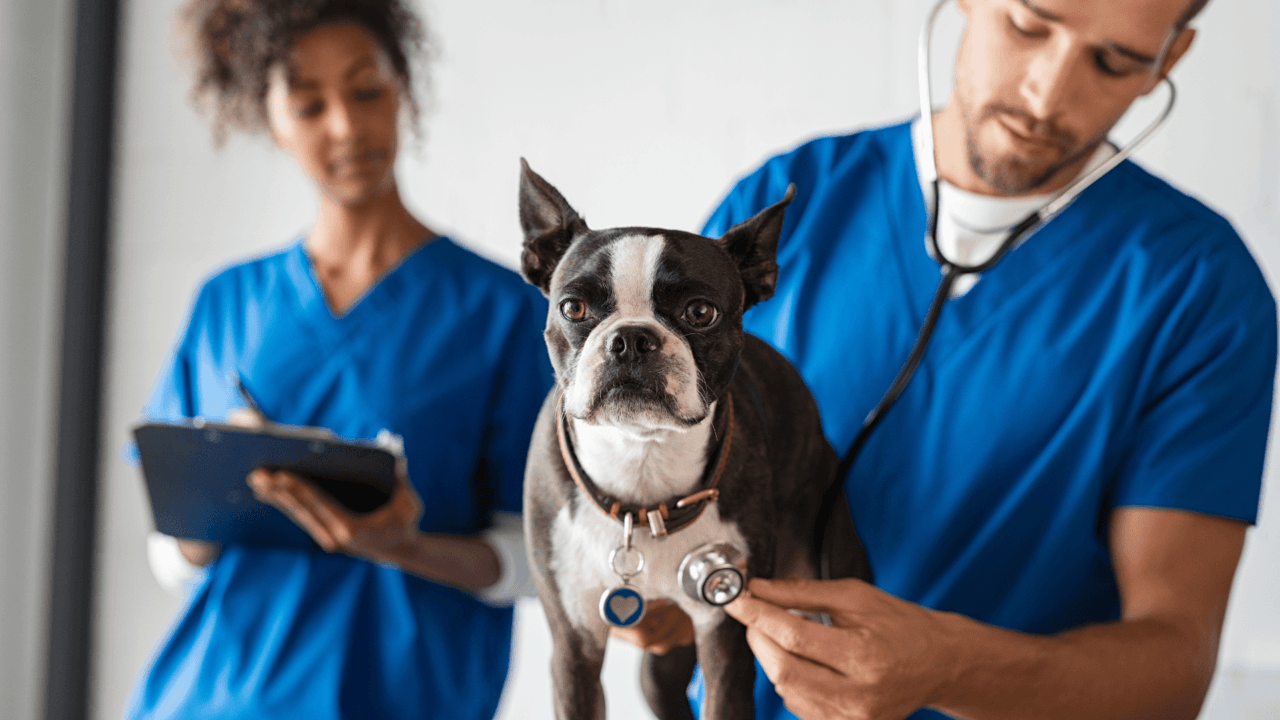
Special Situations
Panting at Night
Panting at night can be a little concerning. It might be due to anxiety, heat, or even some health issues like respiratory or heart problems. To help your furry friend, it’s a great idea to ensure their sleeping area is calm and well-ventilated and that they have a cozy bed to snuggle in.
If you have health concerns, a quick chat with your vet can help! Creating a calm and soothing environment with gentle sounds and keeping stressors at bay can work wonders for your pup’s peaceful night’s sleep.
Panting in the Car
Travelling with our furry friends can be a joyful adventure! To help manage travel anxiety, it’s a great idea to gradually get them used to car rides, use some calming aids, and make sure they’re comfortable.
For safety and comfort during the ride, you can use a pet seatbelt or a cozy crate, keep the windows slightly open for some fresh air, and remember to take regular breaks for some playtime and bathroom breaks.
It’s best to avoid feeding them right before the trip to help prevent motion sickness, and don’t forget to keep them hydrated. Happy travels with your pups!
Panting in Puppies
It’s normal for puppies to pant after a fun play session or when it’s warm outside, as it helps them cool down! However, if you notice any unusual panting, such as excessive or labored, when your puppy is resting, it could be a sign of something that needs attention.
Some common health concerns for puppies include respiratory infections, heatstroke, and congenital heart problems. If your pup’s panting seems off or is paired with other symptoms like lethargy or coughing, you should check in with your vet for a thorough evaluation. Your furry friend’s health is super essential!
Conclusion
In conclusion, while panting is natural for dogs to cool down, excessive or irregular panting can signal underlying health issues. Key contributors to such panting include heatstroke, respiratory conditions, heart disease, and anxiety.
It’s essential to monitor your dog’s breathing rate and be alert to any signs of distress. Normal panting typically follows physical activity for puppies, whereas abnormal panting may indicate potential health problems.
To ensure your dog remains healthy and comfortable, schedule regular veterinary check-ups, provide a balanced diet, ensure sufficient exercise, and foster a stress-free environment. Always consult a veterinarian if you observe unusual panting or other worrying symptoms.
If you encounter any problems, feel free to reach out to me by clicking the link below.





